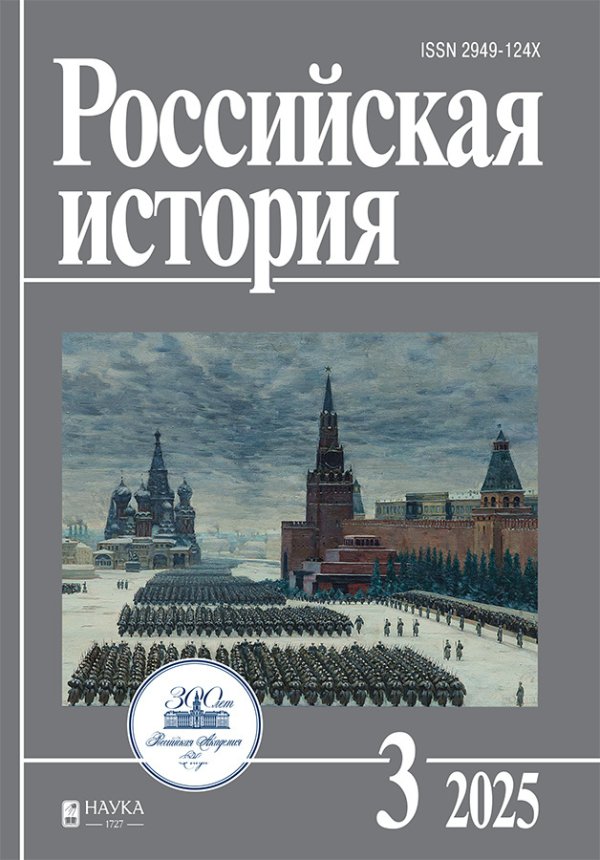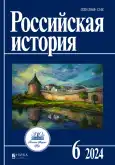The view of an interested reader
- Authors: Zakharov V.1
-
Affiliations:
- Institute of Russian History, Russian Academy of Sciences
- Issue: No 6 (2024)
- Pages: 3-8
- Section: Articles
- URL: https://rjsvd.com/2949-124X/article/view/681594
- DOI: https://doi.org/10.31857/S2949124X24060019
- EDN: https://elibrary.ru/RNFDMW
- ID: 681594
Cite item
Abstract
The book by P.V. Lukin, which is based on the comparison of Novgorod and Venice during the medieval period, allows to set a series of questions regarding the essence of political structure, the role of oligarchy, and the people. In particular, it examines what republics were like in the Middle Ages, in contrast to modern states with a republican system. Although the author pays considerable attention to Venice, Novgorod is nonetheless in the center of his focus. The author's observations about the formation and development of Novgorod's symbols, as well as the role of citizens during the decisive confrontation with Moscow, are particularly interesting. However, the role of the merchant class in the political and social life of Novgorod, one of the largest trading centers of medieval Europe, is not fully explored.
Full Text
About the authors
Viktor Zakharov
Institute of Russian History, Russian Academy of Sciences
Author for correspondence.
Email: otech_ist@mail.ru
доктор исторических наук
Russian FederationReferences
- Бессуднова М.Б. Россия и Ливония в конце XV века. Истоки конфликта. М., 2015.
- История средних веков. Т.1 / Под ред. С.П. Карпова. М., 2010.
- Казакова Н.А. Русско-ливонские и русско-ганзейские отношения. Конец XIV – начало XV в. Л., 1975
- Лукин П.В. Новгородское вече. М., 2018.
- Покровский М.Н. Русская история с древнейших времен. Т. 1. Л., 1924.
- Подобедова О.И. Система настенных росписей Успенского собора в свете некоторых идей русской государственности конца XV века // Уникальному памятнику русской культуры Успенскому собору Московского Кремля – 500 лет. М., 1979.
- Хорошкевич А.Л. Торговля Великого Новгорода с Прибалтикой и Западной Европой в XIV–XV веках. М., 1963
- Янин В.Л. Очерки истории средневекового Новгорода. М., 2013.
- Mistrz Wincenty (tzw. Kadłubek). Kronika Polska. Przeloźyła i opracowała Brygida Kürbis. Wrozław, Warzsawa, Kraków, 1972.
Supplementary files











